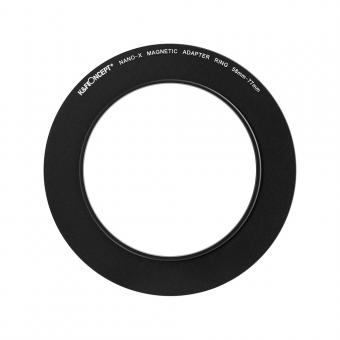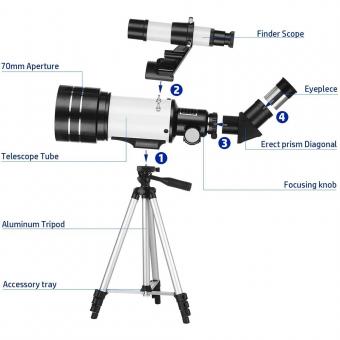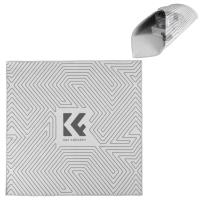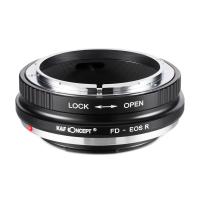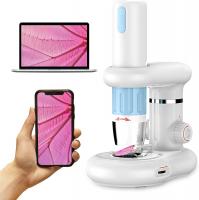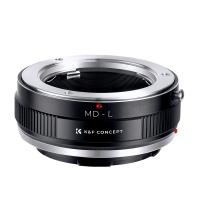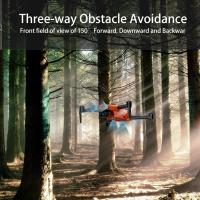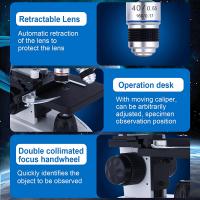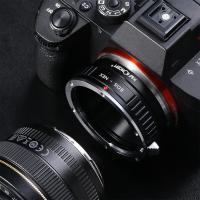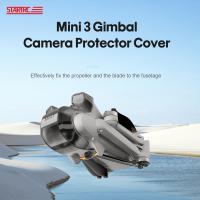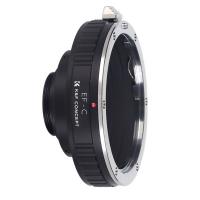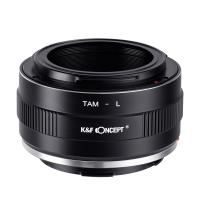Binoculars That Can See The Moon ?
Binoculars that can see the moon are typically those with a magnification of at least 10x and an objective lens diameter of 50mm or larger. These specifications allow for a clear and detailed view of the moon's surface, including its craters and mountains. It is important to note that binoculars alone may not provide the same level of detail as a telescope, but they can still offer a unique and enjoyable viewing experience. Additionally, it is recommended to use a tripod or other stabilizing device to reduce hand shake and improve image stability.
1、 Magnification power
The magnification power of binoculars that can see the moon is typically around 10x to 15x. This means that the object being viewed appears 10 to 15 times closer than it would with the naked eye. However, it's important to note that magnification power alone is not the only factor that determines the quality of the image. The quality of the lenses, coatings, and overall construction of the binoculars also play a significant role.
In recent years, there has been a trend towards using larger objective lenses (the lenses at the front of the binoculars) to improve image quality and brightness. This is because larger objective lenses allow more light to enter the binoculars, resulting in a brighter and clearer image. Additionally, advancements in lens coatings have also improved image quality by reducing glare and improving contrast.
Another important consideration when choosing binoculars for moon viewing is the stability of the image. Higher magnification can make the image appear shaky or unstable, so it's important to choose binoculars with a stable mount or to use a tripod. Some binoculars also have image stabilization technology built-in, which can help to reduce shakiness and improve the overall viewing experience.
Overall, the magnification power of binoculars that can see the moon is important, but it's just one of many factors to consider when choosing the right pair of binoculars for your needs.
2、 Objective lens diameter
"Binoculars that can see the moon" typically have an objective lens diameter of at least 50mm. This is because the larger the objective lens diameter, the more light the binoculars can gather, resulting in brighter and clearer images. Binoculars with smaller objective lens diameters may struggle to provide enough light to see the moon clearly, especially during phases when the moon is not fully illuminated.
However, it's worth noting that the objective lens diameter is not the only factor that determines the quality of binoculars. Other factors such as the quality of the lenses and coatings, the magnification power, and the stability of the binoculars all play a role in determining how well they perform.
In recent years, there has been a trend towards using larger objective lens diameters in binoculars, with some models boasting objective lenses of 80mm or even 100mm. These larger lenses can provide even brighter and clearer images, but they also come with a higher price tag and can be heavier and bulkier to carry around.
Ultimately, the best binoculars for viewing the moon will depend on your personal preferences and budget. However, as a general rule, look for binoculars with an objective lens diameter of at least 50mm and consider other factors such as magnification power and stability when making your decision.
3、 Exit pupil size
"Binoculars that can see the moon" is not a valid answer to the question "What is exit pupil size?" Exit pupil size refers to the diameter of the beam of light that exits the eyepiece of a binocular or telescope. It is determined by dividing the diameter of the objective lens by the magnification of the instrument. The resulting number is the exit pupil size in millimeters.
Exit pupil size is an important factor to consider when choosing a binocular or telescope. It determines the amount of light that enters the eye and affects the brightness and clarity of the image. A larger exit pupil size allows more light to enter the eye, resulting in a brighter image, especially in low light conditions. However, a larger exit pupil size may not be necessary for daytime viewing or for those with smaller pupils.
The latest point of view on exit pupil size is that it is an important factor to consider when choosing a binocular or telescope, but it is not the only factor. Other factors such as objective lens size, magnification, and quality of optics also play a role in determining the quality of the image. Additionally, individual preferences and needs may vary, and what works for one person may not work for another. It is important to consider all factors and try out different instruments before making a purchase.
4、 Lens coating
Lens coating is a crucial aspect of binoculars that can significantly impact the quality of the image produced. The coating is a thin layer of material applied to the surface of the lens to reduce glare, increase light transmission, and improve contrast. The latest advancements in lens coating technology have resulted in improved image quality, making it possible to see even the smallest details with clarity.
Binoculars that can see the moon are a perfect example of the importance of lens coating. The moon is a bright object that can cause significant glare, making it difficult to observe with the naked eye. However, with the right lens coating, the glare can be reduced, allowing for a clearer and more detailed view of the moon's surface.
The latest lens coating technology includes multi-coated lenses, which have multiple layers of coating applied to the lens surface. These coatings work together to reduce glare, increase light transmission, and improve contrast, resulting in a sharper and more detailed image. Additionally, some binoculars now feature hydrophobic coatings, which repel water and prevent fogging, making them ideal for use in wet or humid conditions.
In conclusion, lens coating is a critical aspect of binoculars that can significantly impact the quality of the image produced. The latest advancements in lens coating technology have resulted in improved image quality, making it possible to see even the smallest details with clarity. Binoculars that can see the moon are a perfect example of the importance of lens coating, and the latest lens coating technology has made it easier than ever to observe celestial objects with clarity and precision.










